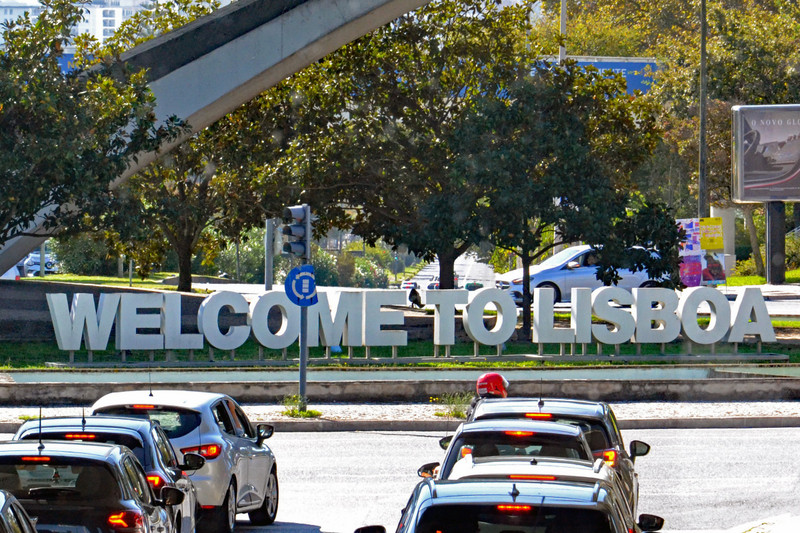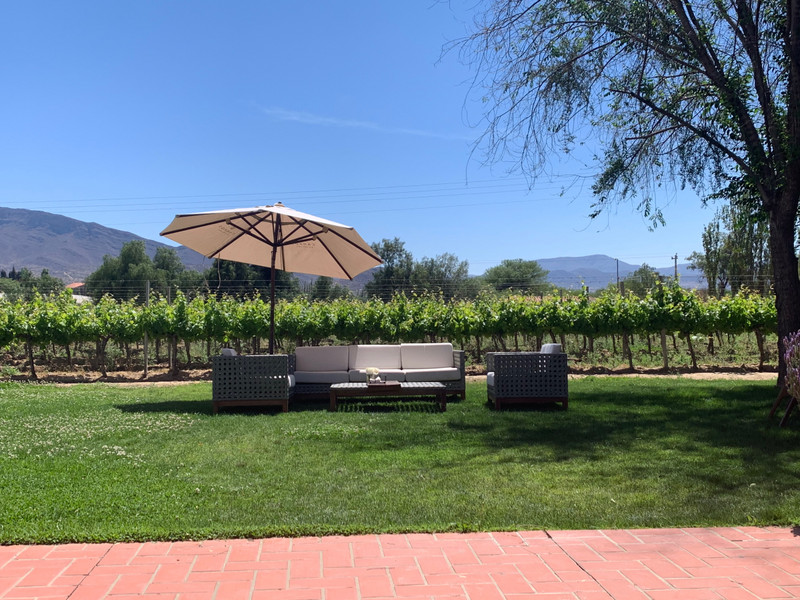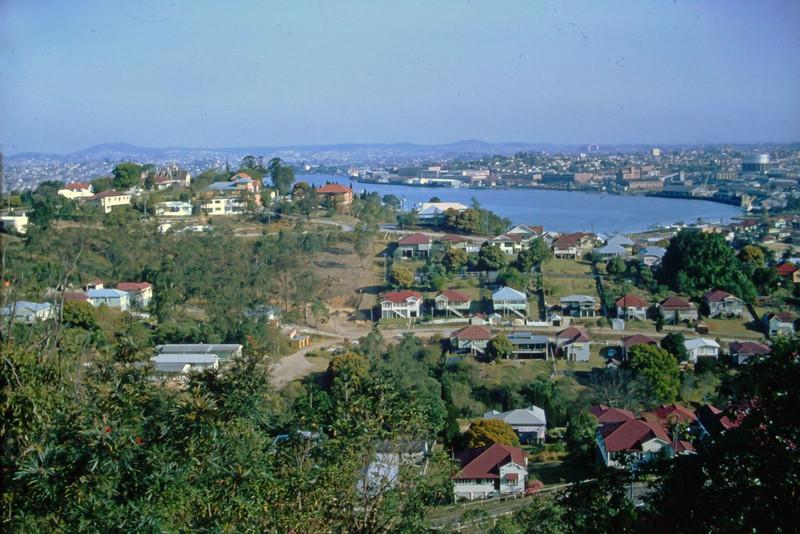After months of planning, I was so happy to finally have our first chocolatada! We went to five microcuenca which are about two hours up into the mountains from the town of Calca. We took hot chocolate, food and warm clothes for children for about 150 families.
Im still so happy about last weeks trek around Mt. Ausangate! The mountains here are one of the biggest reasons that I wanted to move to Cusco. Its really amazing to see how different the climate here is, depending on the altitude. When you get down below the altitude of Cusco, you realize that youre really close to the equator. Even just going to Machu Picchu, which is only about three hours away, takes you into the cloud forest and the very edge of the Amazon rainforest.
When you head up into the mountains higher than Cusco, you are immediately in the high altitude ecosystem, where all plants are tiny and very few trees or crops can grow. Ive always wondered why, and finally took the time to look it up. Part of the reason is that the air, which has less oxygen for us, also has less carbon dioxide for plants. They struggle to live for the same reason that we struggle to breathe: the air is just too thin.
My aunt sent me an article from yesterdays Seattle Times about the effect of the pandemic on farmers in Peru. The farmers interviewed are in Pisac, which is only about an hour north of Cusco. The town of
We had asked ahead of time to have a big pot of boiling water ready for us to add the cloves, cinnamon, bricks of chocolate, fresh milk and sugar. Traditional Peruvian hot chocolate is to powdered hot chocolate what homemade sourdough bread is to Wonderbread.
Pisac itself has suffered from the death of tourism, although lots of the expats who live in Cusco moved to Pisac to escape the high Covid case numbers in Cusco. Several people I know who moved there also said that the police are less strict in Pisac and that its easier for them to go for hikes in the surrounding hills.
The article says that part of what is hurting farmers is that prices for crops have dropped, leaving them with less and sometimes unable to sell what they farmed. As Ive learned through working on the Covid Relief Project, part of the reason for this is the disappearance of tourists. Normally, Cusco and the Sacred Valley thousands of tourists every day. We used to have a steady stream of flights landing in Cusco, bringing people to fill the hotels, and more importantly for the farmers, the restaurants.
Restaurants in the Cusco region rely on local produce, which not only makes the food better, it supports thousands of families who farm small plots of land. Most of these plots are fields smaller than a city block. Perus Agrarian Reform of 1969 broke up the big landowners, most of whom had inherited their
Even with the morning drizzle, the children were cheerful as they waited in line for their hot chocolate.
estates as descendents of Spanish families granted the land during colonization. The system had perpetuated a kind of serfdom that bordered on slavery, which I can still hardly believe lasted through the 1960s. One result of the Agrarian Reform is that the families who farmed and lived on the land actually became the landowners.
I met families who rely on farming near Pisac on July 11th, as one of the Covid Relief Project village visits to deliver emergency food assistance. We visited two and at one got to hear from member who talked about how forgotten these families feel. He said that









